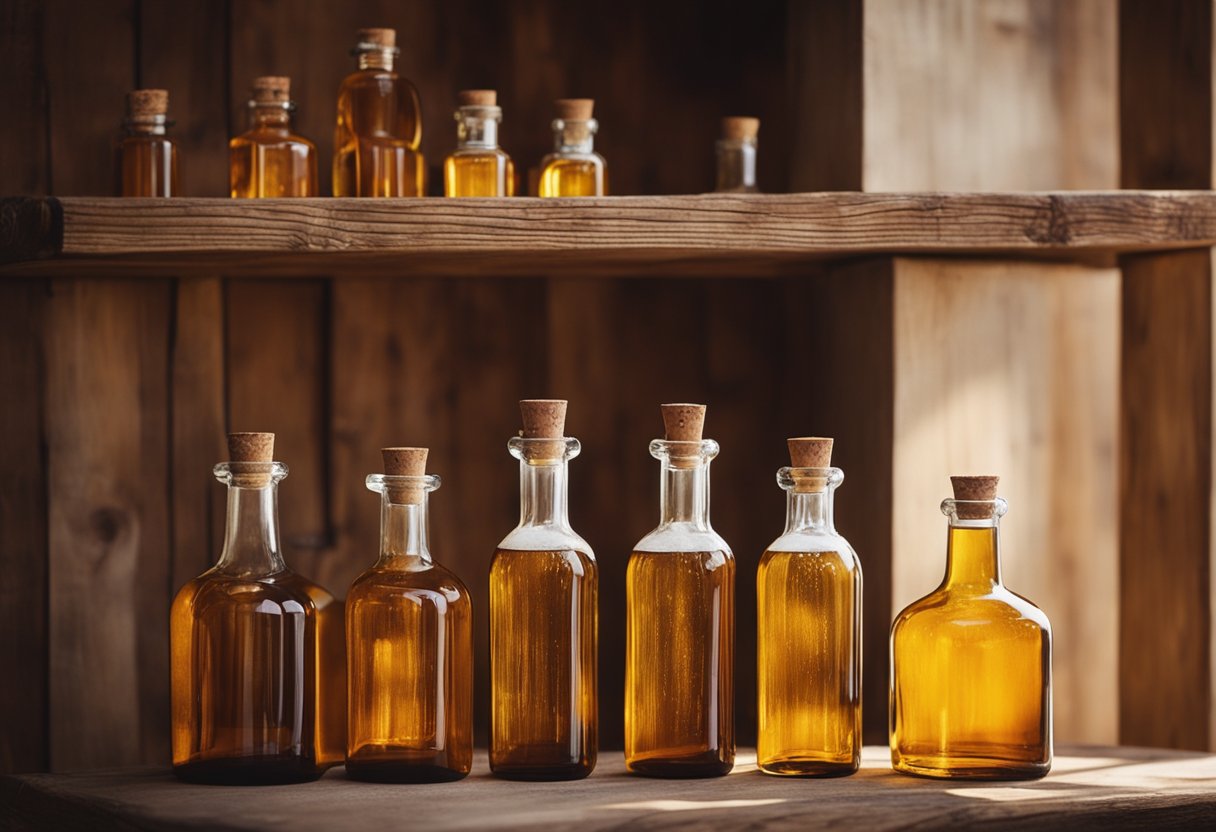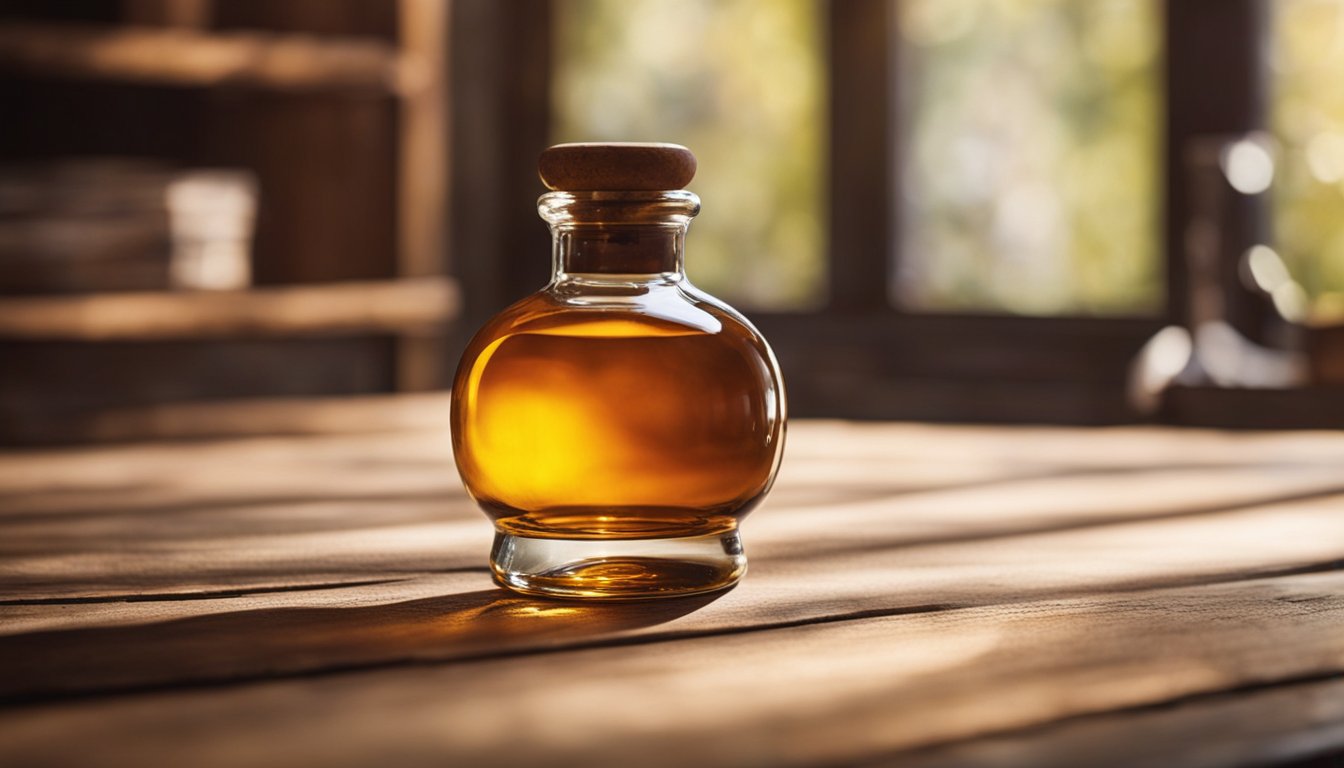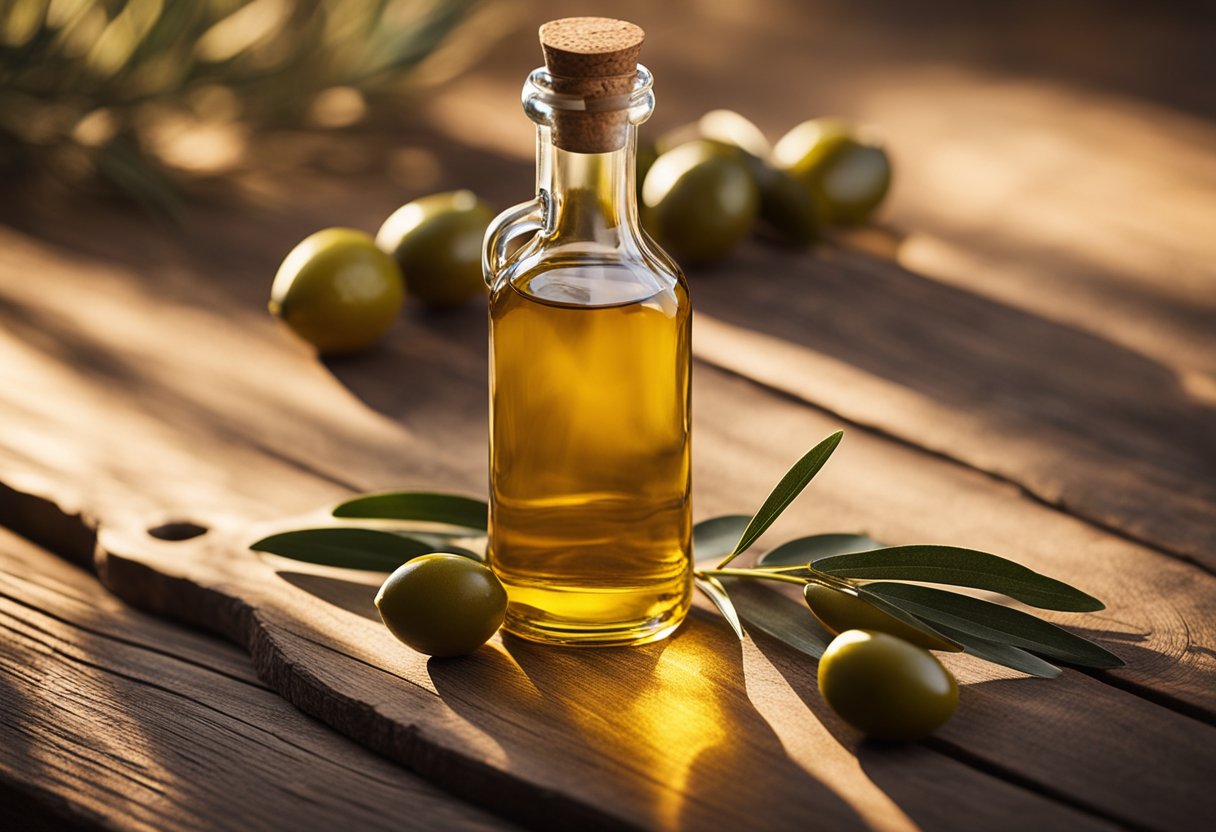If you’re a perfume enthusiast, you know that the bottle is just as important as the fragrance itself. Perfume bottles come in all shapes and sizes, from classic glass bottles to unique designs that are works of art. They can be made from a variety of materials, including glass, crystal, porcelain, and even precious metals.

Perfume bottles have a rich history that dates back to ancient times. In ancient Egypt, perfume was considered a luxury item and was stored in beautiful glass bottles. These bottles were often decorated with intricate designs and were made by skilled artisans. Over time, perfume bottles became more elaborate, and by the 19th century, they were considered works of art in their own right. Today, perfume bottles continue to be an important part of the fragrance industry, with many designers creating unique and beautiful bottles to complement their scents.
History of Perfume Bottles

Perfume bottles have a long and rich history that dates back to ancient times. In this section, we will explore the origins of perfume bottles and how they have evolved through the centuries up to modern times.
Ancient Origins
Perfume bottles have been in use since ancient times. The ancient Egyptians were the first to use perfume bottles, which were made of alabaster, glass, and other materials. They believed that perfumes were a gift from the gods and used them in religious ceremonies and for personal hygiene. The ancient Greeks and Romans also used perfume bottles, which were often made of gold and silver.
Evolution Through Centuries
Perfume bottles continued to evolve through the centuries. During the Middle Ages, perfume bottles were often made of clay and were decorated with intricate designs. In the 16th century, glassblowing techniques were developed, which allowed for the creation of more intricate and delicate perfume bottles. The 18th century saw the rise of the perfume industry, and perfume bottles became more ornate and decorative. Perfume bottles from this era often featured intricate metalwork and romantic motifs etched in glass.
Modern Era Developments
In the modern era, perfume bottles have continued to evolve. The 20th century saw the rise of designer perfumes, and perfume bottles became more than just a vessel for holding perfume. They became a work of art, with designers creating unique and intricate designs. Today, perfume bottles come in all shapes and sizes, from simple and elegant to bold and avant-garde.
The history of perfume bottles is a testament to the enduring appeal of fragrance and the artistry of those who create them. From ancient Egypt to modern Paris, the history of perfume bottles is entwined with the history of glassmaking, as well as broader artistic movements and each culture’s specific uses of perfumes.
Design and Artistry
When it comes to perfume bottles, design and artistry play a crucial role in creating a product that is not only functional but also visually appealing. Here are some key elements that contribute to the design and artistry of perfume bottles.
Materials Used
Perfume bottles can be made from a variety of materials, including glass, crystal, porcelain, and even metal. Glass and crystal are the most common materials used due to their transparency and ability to showcase the color of the fragrance. Porcelain and metal are often used for limited edition or collectible bottles due to their durability and ability to be intricately designed.
Craftsmanship Techniques
Craftsmanship techniques such as engraving, etching, and hand-painting are often used to add intricate details to perfume bottles. Engraving involves carving designs into the surface of the bottle, while etching involves using acid to create a design. Hand-painting allows for more intricate designs and can add a personal touch to each bottle.
Iconic Designs
Over the years, certain perfume bottle designs have become iconic and recognizable. For example, the classic Chanel No. 5 bottle with its minimalist design and simple lines has become synonymous with the brand. Other iconic designs include the crystal butterfly bottle of Lalique’s “L’air du Temps” and the sculptural “Angel” bottle by Thierry Mugler.
Whether it’s the materials used, craftsmanship techniques, or iconic designs, the artistry and design of perfume bottles are just as important as the fragrance itself.
Manufacturing Process
When it comes to creating perfume bottles, there are several manufacturing processes involved. In this section, we will discuss the three main processes that are used in creating perfume bottles: Glass Blowing, Molding, and Decoration and Finishing.
Glass Blowing
Glass blowing is a traditional technique that has been used for centuries in creating glass objects. In this process, a glassblower heats up a glass tube or rod and blows air into it to create a bubble. The bubble is then shaped and molded into the desired shape. This process is often used to create unique and intricate perfume bottles that are one-of-a-kind.
Molding
Molding is another popular technique used in creating perfume bottles. In this process, a mold is created in the shape of the desired bottle. The mold is then filled with molten glass, which is allowed to cool and harden. Once the glass has hardened, the mold is removed, and the bottle is finished. This process is often used to create large quantities of identical bottles quickly and efficiently.
Decoration and Finishing
Once the bottle has been created, it is time to decorate and finish it. This process involves adding any final touches to the bottle, such as adding a label or engraving. The bottle may also be painted or coated with a special finish to give it a unique look. This process is often done by hand, and it requires a lot of skill and attention to detail.
Creating a perfume bottle is a complex and intricate process that requires a lot of skill and attention to detail. Whether you choose glass blowing, molding, or decoration and finishing, each process has its own unique advantages and challenges. By understanding the different manufacturing processes involved in creating a perfume bottle, you can better appreciate the artistry and craftsmanship that goes into each and every bottle.
Collecting Perfume Bottles
If you are interested in collecting perfume bottles, there are a few things you should know. In this section, we will discuss starting a collection, preservation and care, and valuation and trading.
Starting a Collection
Starting a collection of perfume bottles can be a fun and rewarding hobby. You can begin by deciding on a theme or focus for your collection. Some collectors focus on a particular brand or era, while others collect bottles with unique shapes or designs. You can also consider collecting bottles that are related to a particular hobby or interest, such as bottles with floral designs for a gardener.
Once you have a focus for your collection, you can start searching for bottles to add to it. You can find perfume bottles at antique shops, flea markets, and online auction sites. You should also consider joining a perfume bottle collectors’ group or attending a collectors’ show to meet other collectors and learn more about the hobby.
Preservation and Care
If you want to ensure that your perfume bottle collection stays in good condition, you should take steps to preserve and care for your bottles. One important step is to store your bottles in a cool, dry place away from direct sunlight. You should also avoid exposing your bottles to extreme temperatures or humidity, as this can cause damage to the bottle and the perfume inside.
When cleaning your perfume bottles, you should use a soft cloth and a mild soap solution. Avoid using abrasive cleaners or scrubbing the bottle too hard, as this can damage the finish or the label on the bottle. You should also avoid using water to clean the inside of the bottle, as this can damage the perfume.
Valuation and Trading
If you are interested in buying or selling perfume bottles, it is important to know how to value your bottles. The value of a perfume bottle can depend on a number of factors, including the brand, age, condition, and rarity of the bottle. You can use online auction sites or price guides to get an idea of the value of your bottles.
When trading or selling perfume bottles, it is important to be honest about the condition and value of the bottle. You should also take steps to ensure that the bottle is packaged and shipped safely to avoid damage during transit. If you are unsure about the value of a bottle, you should consider consulting with a professional appraiser or a perfume bottle collector’s group for advice.
Sustainability and Recycling
When it comes to perfume bottles, sustainability and recycling are becoming increasingly important considerations. As a consumer, you can make a difference by choosing products that are eco-friendly and supporting companies that prioritize sustainability initiatives.
Eco-Friendly Materials
One way that perfume companies are addressing sustainability concerns is by using eco-friendly materials for their packaging. Some brands are using recycled glass or biodegradable plastics to reduce their environmental impact. Others are experimenting with innovative materials like bamboo or cork.
Recycling Programs
Another important aspect of sustainability in the perfume industry is recycling. Many companies offer recycling programs that allow you to return your empty perfume bottles for reuse or recycling. For example, Sephora recently launched a program called Beauty (Re)Purposed that encourages customers to bring in their empty beauty products for recycling.
Innovations in Sustainability
In addition to using eco-friendly materials and offering recycling programs, some perfume companies are investing in innovative sustainability initiatives. For example, some brands are exploring ways to reduce their carbon footprint by using renewable energy sources or implementing sustainable production practices.
Overall, sustainability and recycling are important considerations for anyone interested in reducing their environmental impact. By choosing eco-friendly products and supporting companies that prioritize sustainability, you can make a positive difference for the planet.















